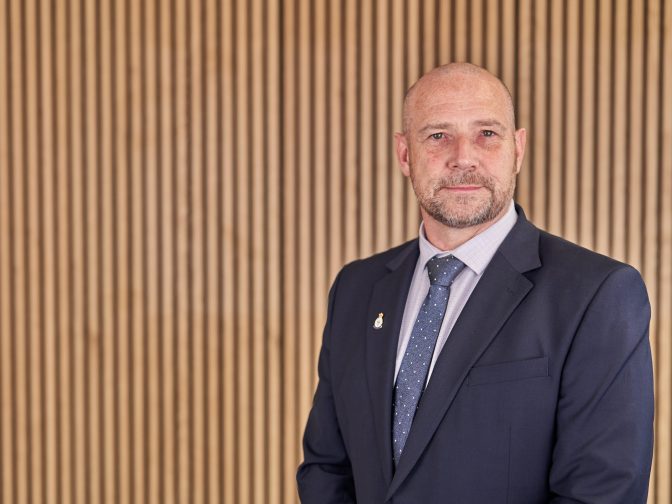

Richard Gawthorpe
Group Business Development Director
In a time where efficiency and innovation are paramount, strategic partnerships in the public sector stand out as a visionary approach.
Such collaborations, exemplified by the partnership between local councils and experienced partners like Norse Group, could mark a new era in public asset and estate management. This transformative collaboration aims to reinvent how local councils manage assets, focusing not just on resource optimisation but on a broader role in the community, emphasising sustainable and community-focused development.
Acknowledging challenges such as limited expertise and the complexity of balancing strategic and operational management, these partnerships offer a bold solution. A client-side commissioning model is central to this strategy, enhancing control, enabling informed decision-making that reflects community needs, and promoting cost efficiency by reducing dependency on external consultants. This approach also allows for the customisation of services to meet local requirements, facilitating strategic long-term planning and leveraging local expertise.
Beyond economic benefits, these partnerships focus on broader impacts such as community engagement, economic growth, and environmental responsibility, embodying a holistic approach that balances financial success with community wellbeing. The detailed mobilisation plans, including legal, financial, HR, and IT integration, underscore the thorough planning essential for the success of such ventures.
Norse Group, with an extensive portfolio of 20 joint ventures to date, has demonstrated remarkable success in Local Authority Trading Company (LATCo) partnerships. In 2023, Norse Group returned £5.2 million to the public purse, illustrating the result of such collaborations. Their flexibility and the direct control retained by council partners offer a compelling alternative to traditional outsourcing models.
In conclusion, these partnerships represent a redefinition of public sector asset and estate management, merging public sector values with private sector efficiency and innovation. This model not only benefits the involved councils but also sets a precedent for future public-private collaborations, potentially reshaping public asset management across the UK.


